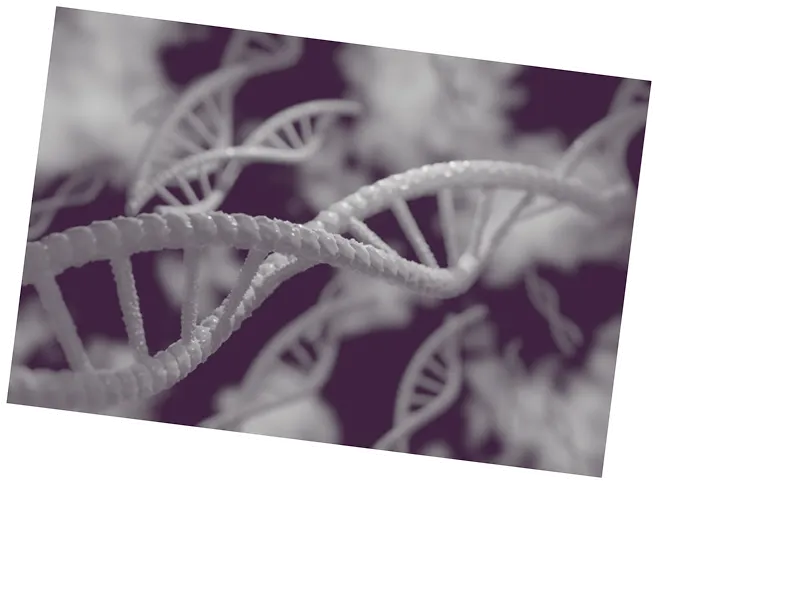Breakthrough in DNA Monitoring Technology
A new study from the University of Geneva and the Agora Cancer Research Institute has unveiled a pioneering technology that enables scientists to monitor the movement of DNA and proteins within living cells. This innovative approach, known as high-resolution diffusion mapping, offers unprecedented precision in observing chromatin dynamics, which is crucial for understanding gene regulation. Led by Egyptian researcher Haitham Shaaban, the research represents a significant leap in biological science, potentially transforming our understanding of cellular processes and disease mechanisms.
Understanding Chromatin Dynamics
Chromatin, a complex of DNA and histone proteins, plays a vital role in gene regulation. It organizes genetic material within cells, ensuring that genes are expressed at the right time and in the right cells. Shaaban emphasizes the complexity of genome organization, where proteins interact with genetic material rapidly to maintain cellular function. Disruptions in these processes can lead to diseases such as cancer, making the study of chromatin dynamics essential for developing effective treatments.
Implications for Medical Research
The high-resolution diffusion mapping technology allows researchers to analyze the movement of biomolecules, including DNA and RNA polymerase, in real-time. This capability opens new avenues for studying various diseases linked to genome dysregulation, such as cancer and metabolic disorders. Shaaban suggests that the technology could be applied to explore different tissue types and cell organizations, paving the way for early diagnosis and better understanding of disease mechanisms. As this technology matures, it promises to be a vital tool in advancing medical research and therapeutic strategies.






